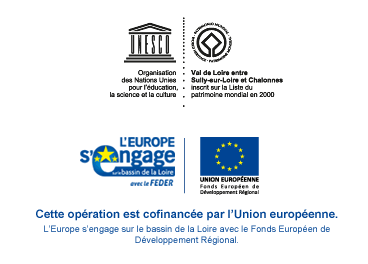- Home
- Know
- A la carte
- Orléans - Blois
- The town of Orléans
- Leisure activities and the Loire
Leisure activities and the Loire
Published on 17 May 2017 - Updated 09 May 2022
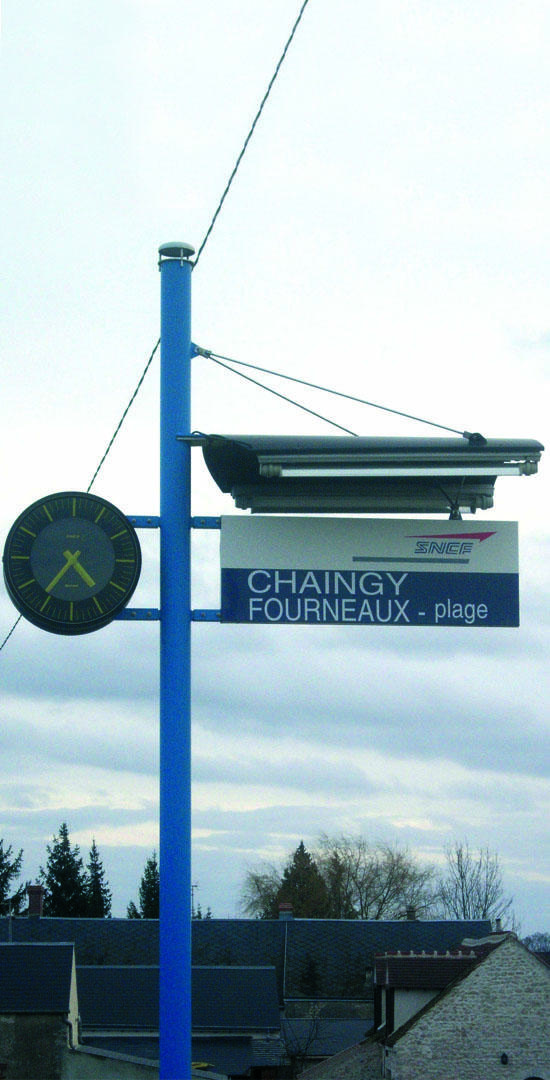
To the west of Orléans, the village of Chaingy is set back from the River Loire, to the north of the railway. The river flows 2 km to the south, and its banks benefit from the protection of the Saint-Mesmin nature reserve. At Chaingy, the carpets of floating buttercups are amongst the most spectacular sights that the rich biodiversity found here has to offer. A floodplain at Fourneaux-Plage is home to protected fauna and flora.
Yet Fourneaux-Plage played host to much livelier times. From the end of the 19th century swimming in the River Loire became a widespread leisure activity, amongst both tourists and locals alike. Before and between the two wars Fourneaux Plage was supervised and it was brightened up by open-air cafés during the summer. The train station, named Fourneaux Plage, was established in 1947 making it even more accessible, and even though swimming was subsequently forbidden due to safety restrictions; the beach remained an attraction until the 1960s. There were already several private and secure swimming pools and swim schools in Orléans at this time; however the local newspapers continued to write “Where can you spend a good Sunday? At Fourneaux-Plage!” From the 1950s, new public pools appeared, such as one at the Fort Alleaume quay in a disused canal basin, and the public became more demanding about the quality of the water. Swimming became illegal in the middle section of the River Loire from 1976. Now, the abandoned former beach has been chosen as a pilot site for the redesign of certain parts of the riverbanks which continues to respect the protected ecosystems.
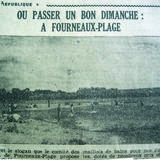
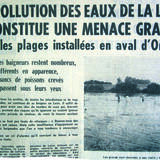
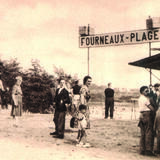

![Nouvelles Renaissance(s] 2023](/var/storage/images/val-de-loire-refonte/dossier-de-parametrage/pied-de-page/nouvelles-renaissance-s-2023/517479-13-fre-FR/Nouvelles-Renaissance-s-2023_image_largeur220.png)
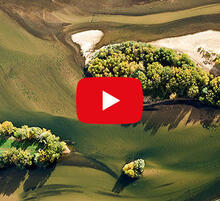

 Lettre d'information
Lettre d'information
 Facebook
Facebook
 Flickr
Flickr
 Podcloud
Podcloud
 Dailymotion
Dailymotion
 Box
Box
 Slideshare
Slideshare
 Diigo
Diigo

